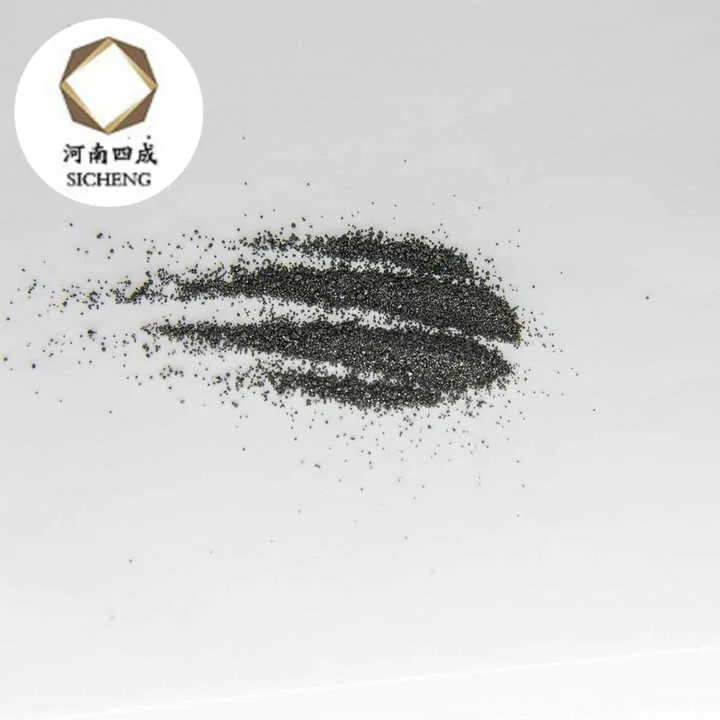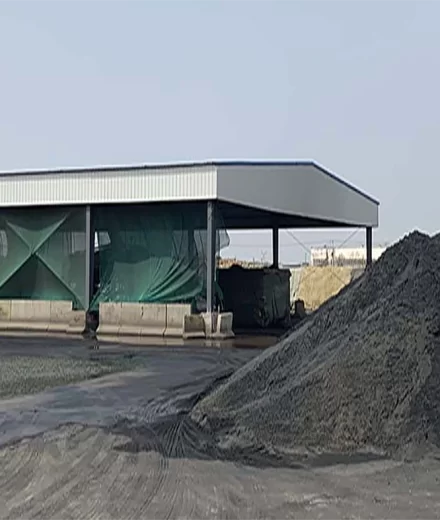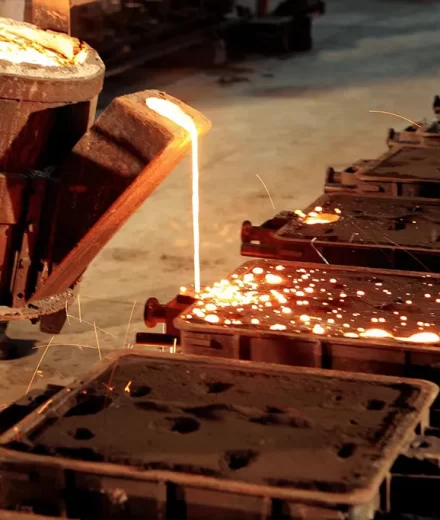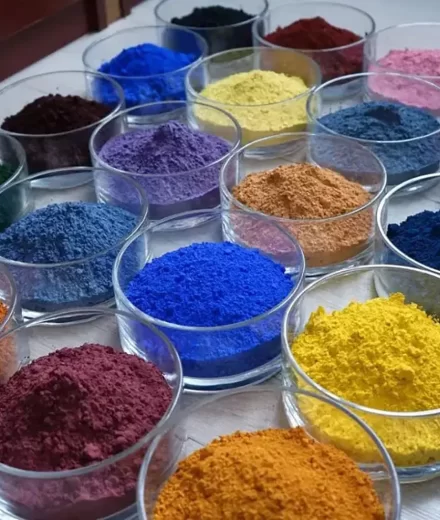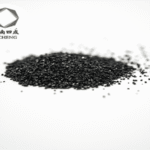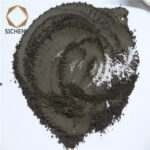Chromite flour, a finely ground form of chromite ore (composed mainly of chromium iron oxide (FeCr₂O₄)), has several industrial applications due to its high melting point, chemical stability, and refractory properties. Here are its key uses:
1. Refractory Industry
-
Foundry Molds & Cores: Chromite flour is used as a facing material in sand molds for metal casting (especially steel) to improve surface finish and prevent metal penetration.
-
Refractory Bricks & Linings: Added to magnesia-based bricks for furnaces (e.g., steelmaking ladles, cement kilns) to enhance thermal shock resistance and corrosion stability.
2. Welding Fluxes
-
Acts as a slag conditioner in submerged arc welding (SAW) fluxes, improving arc stability and weld quality.
3. Ceramics & Glass Production
-
Used as a colorant (green/black hues) in glass and ceramics.
-
Provides high-temperature stability in kiln furniture (e.g., saggers).
4. Chemical Industry
-
A precursor for chromium chemicals (e.g., sodium dichromate) after processing.
5. Specialized Coatings
-
Applied in high-temperature coatings for aerospace and industrial equipment.
6. Geotechnical & Construction
-
Occasionally used in heavy concrete for radiation shielding or as an aggregate in high-density applications.
Key Properties Driving Use:
-
High melting point (~2,180°C)
-
Resistance to thermal shock and slag corrosion
-
Inertness in oxidizing/reducing environments


